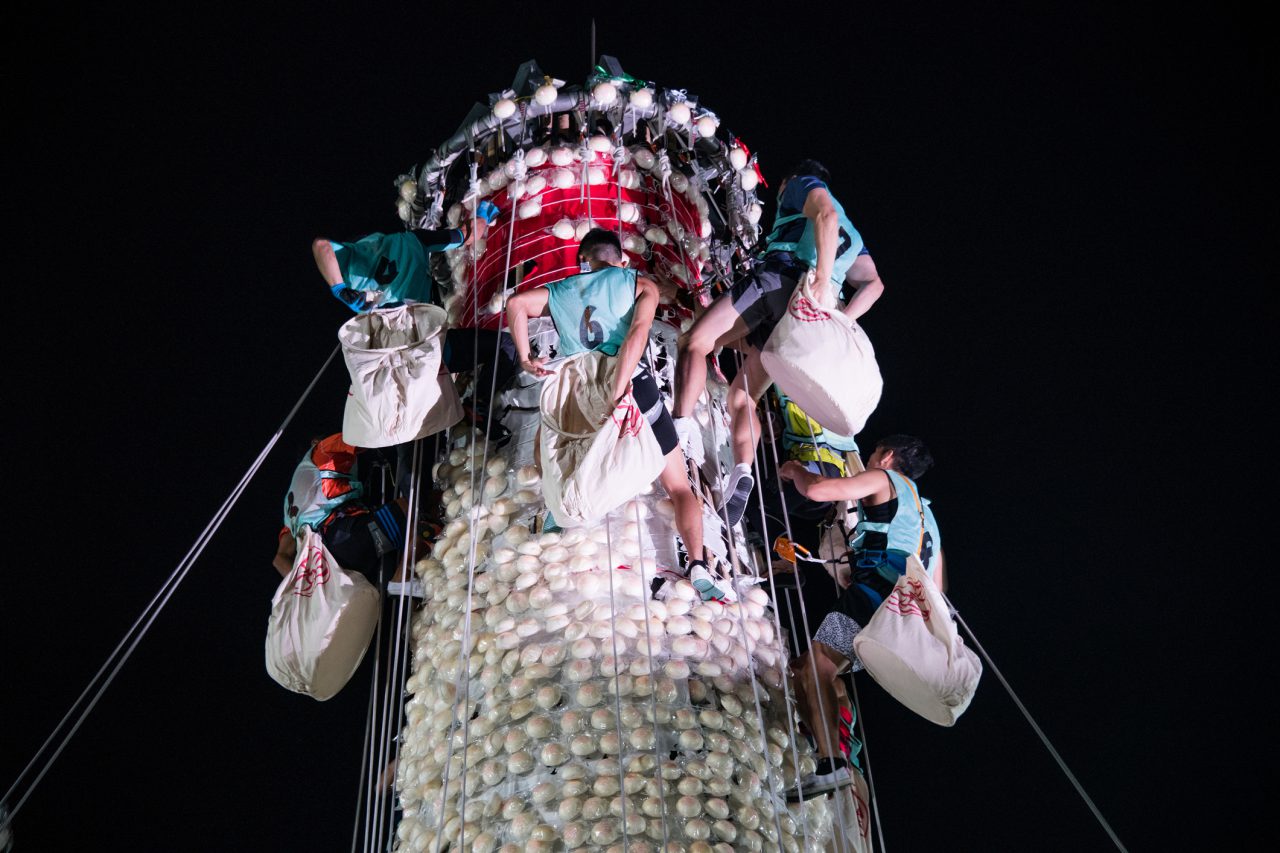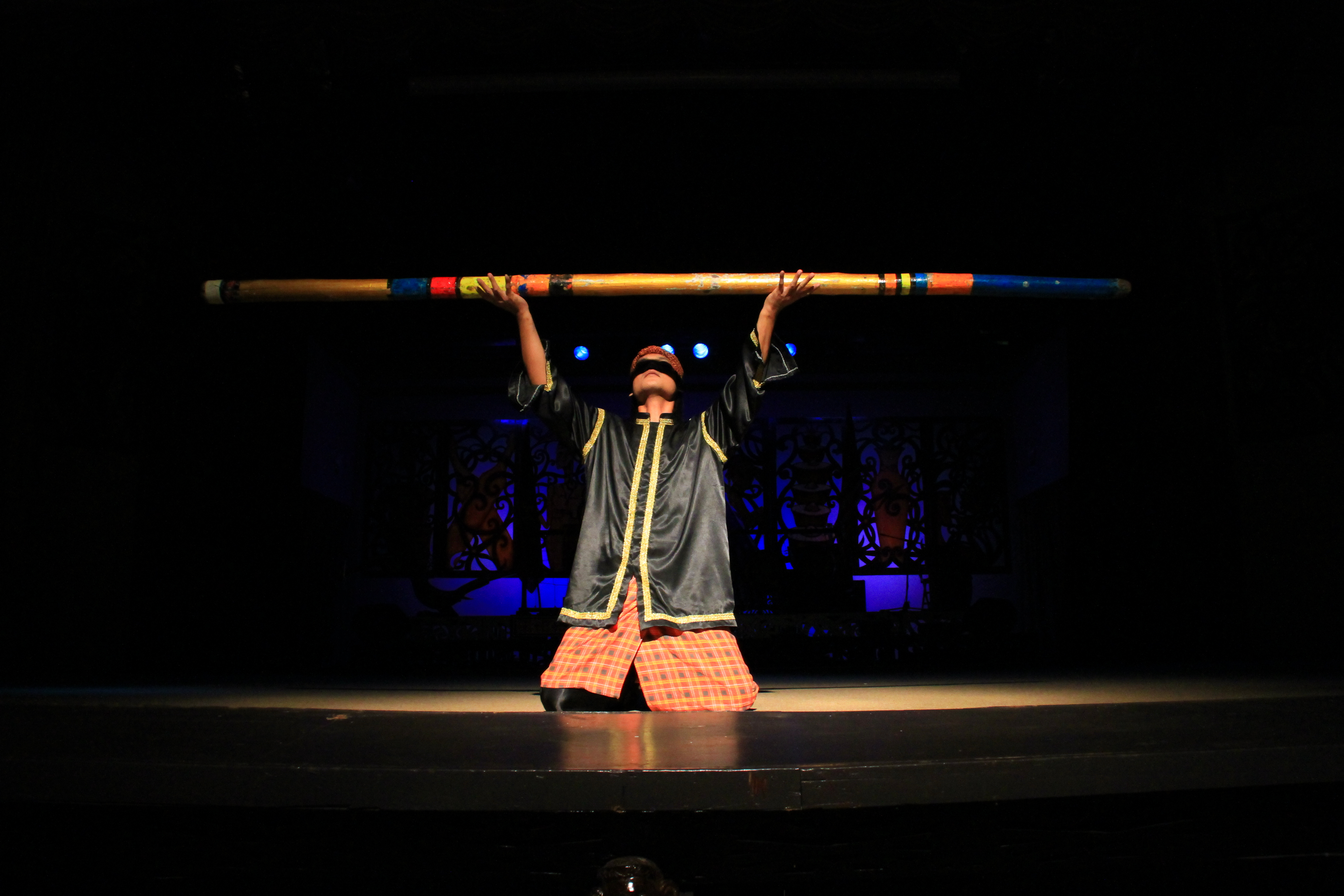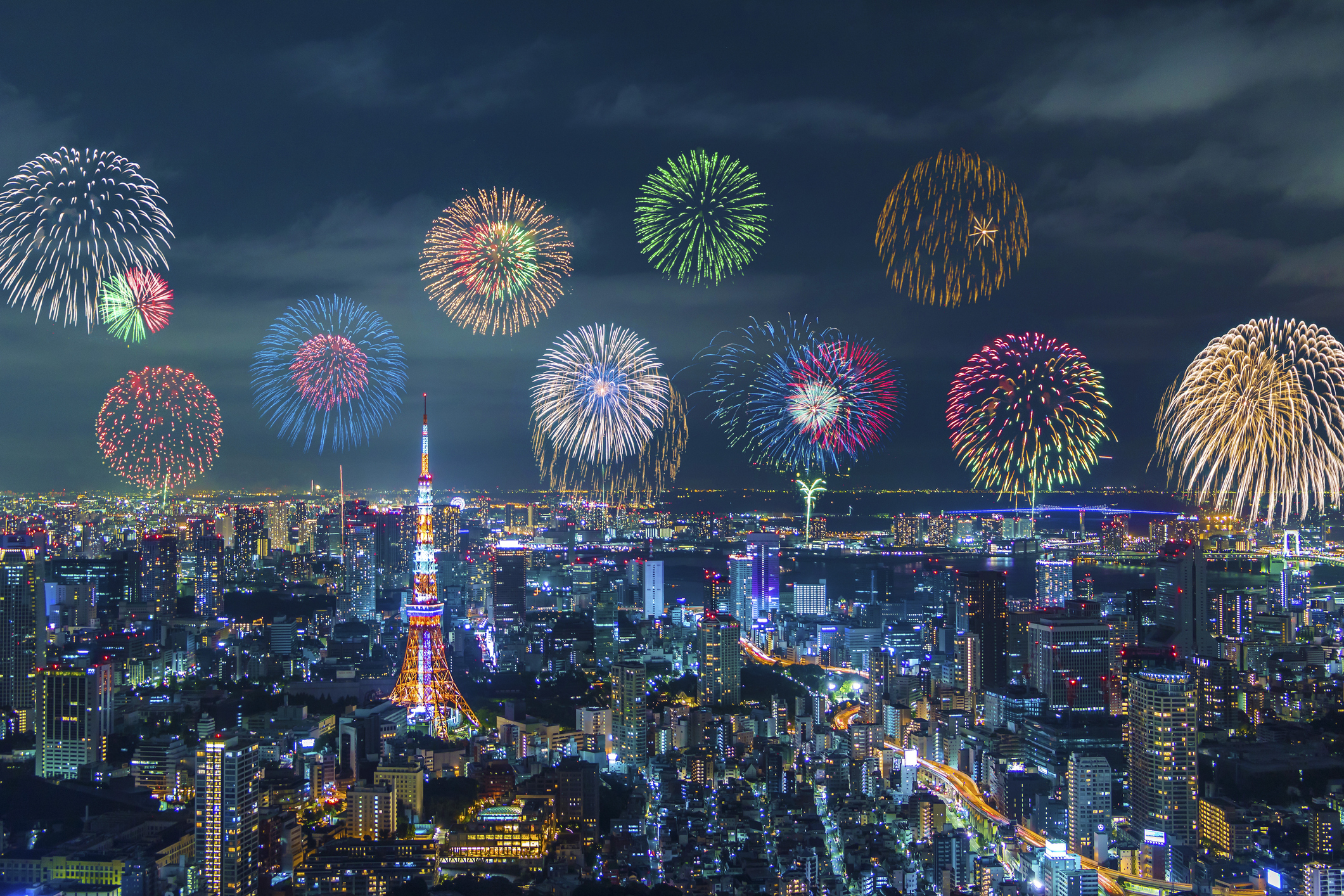To fully experience a culture is to experience a festival — one where locals congregate to celebrate their home, traditions, and seasons. Attending one of these lesser-known Asian festivals is a sure fire strategy of gaining insight into what life truly looks like in Asia.
Jeongwol Daeboreum Fire Festival

February 19, 2019
Standing on the beach in the February chill would normally mean running back inside as quickly as possible. But one night a year in winter, Haeundae Beach transforms into the biggest bonfire party you’ve ever seen — yes, bigger and safer than the ones you threw in in high school.
It’s the first full moon of the New Lunar Year, and this super lit Asian festival is meant to wish for good fortune in the year to come. You’re gonna want to wear every layer of clothing in your backpack until you feel like a marshmallow in the microwave to stay warm, but the sight of thousands gathered by a fire on the beach at sunset is worth it.
The massive pyramid of tree branches looks similar to the Christmas tree in Rockefeller Center, with the major exception being this one goes up in flames. A small opening into the center of the branch pyramid faces east for the moonlight to enter as it rises and then it’s set on fire to ward off any evil spirits and bring good luck and health in the coming year.
Before and after the fire, traditional food and beverages are served up on the beach and traditional song and dances performed. Restaurants and bars in the Haeundae area will be packed this night so grab some food along the way and enjoy the atmosphere of everyone not being able to feel their toes together.
An added bonus of attending this Asian festival is being in South Korea during the off-season where accommodations and attractions are close to empty, with the exception of this one night.
Cheung Chau Bun Festival
May 9 – 13, 2019

The 45-foot bamboo tower stacked in rice-flour buns is the highlight of this Asian festival held on Cheung Chau Island in Hong Kong. The island is one-square mile and home to zero cars – perfect for exploring on foot. The festival has morphed a bit since its original inception, which was to ward away plagues and pirates from the island. To do this, the local fishermen would offer Pak Tai, a god of the sea, steamed buns with the Chinese character for “peace” burned onto them.
Today, the bamboo tower of buns serves as the venue for the bun scramble where climbers race to the top to grab the highest bun possible, the luckiest of the buns. The 9,000 buns are fake because we’d all rather eat 9,000 buns than watch them get stepped on and squashed. The real buns are for sale all over the island and filled with either red bean paste, sesame, or lotus.
Take a 40-minute to one-hour ferry to the island from Hong Kong, depending on how fast you want to go, how much money you want to spend, and if you prefer air conditioning or an ocean breeze. Bring swimming gear for a break from the heat and crowds and dip in at Tun Wan Beach.
Rainforest World Music Festival
July 12 – 14, 2019

After you see orangutans and proboscis monkeys in the wild (and spend time pondering how many times you walked under that pit viper you didn’t notice until the guide pointed it out), hang around in Kuching, Borneo a bit longer for the the grooviest Asian festival on the list: Rainforest World Music Festival.
Held within the Sarawak Cultural Village, the three-day music festival features artists from all over the globe, including some places you’ve never even heard of and will have to Google after the show. In addition to the geography lesson, your entrance ticket to the festival also includes everything the Sarawak Cultural Village has to offer — walking tours of replica longhouses representing every major ethnic group in Sarawak, and staff is always on hand to demonstrate local customs, music, and ways of life.
The main stage music kicks off at dusk, but the cultural village and surrounding area warrants an all-day event. A few minute’s walk out of the village is Damai Beach, a stunning strip of white-sand beach perfect for a mid-day pre dance-party swim. Back in the village for the festival, don’t pass up the opportunity to sample the local distilled alcohol, tuak — a semi-sweet rice wine — while savoring the evening’s rhythms. It’s sure to be an unforgettable cultural experience.
Check back here for the full festival line-up as it’s announced and buy tickets.
Sumidagawa Fireworks Festival
July 27, 2019

The pinnacle of Japanese summer takes place in July above the Sumida river with one massive boom — or 20,020. That’s the number of fireworks lit off last year. This firework-friendly Asian festival is nothing short of magnificent, even for people who don’t think fireworks are anything worth seeking out.
For starters, a million people in attendance is typical. The fireworks last for 90 minutes. It’s fireworks like you never knew fireworks could be and exactly the crowds you expected to see in Tokyo — but in the best way possible. Most locals dress in their traditional summer outfits, the yukata, the cooler cousin of the formal kimono turned lightweight to deal with the summer heat and with summer designs like the tropical hibiscus flower or vibrant fireworks.
To manage the crowd, come prepared with a tarp or blanket to relax on, a cooler full of Asahi, or opt for a traditional Japanese summer beverage of whiskey mixed with green tea. Grab some snacks at one of the hundreds of convenience stores you’ll pass on the walk to the festival. Share with your neighbors camped out a foot away from you and relish in the excitement of being in the middle of Tokyo at a festival that dates back to 1733.
After the show, take some time to explore the area of Asakusa Shrine and the Tokyo SkyTree, both walking distance from the venue.
Find the full schedule and maps to the event here.